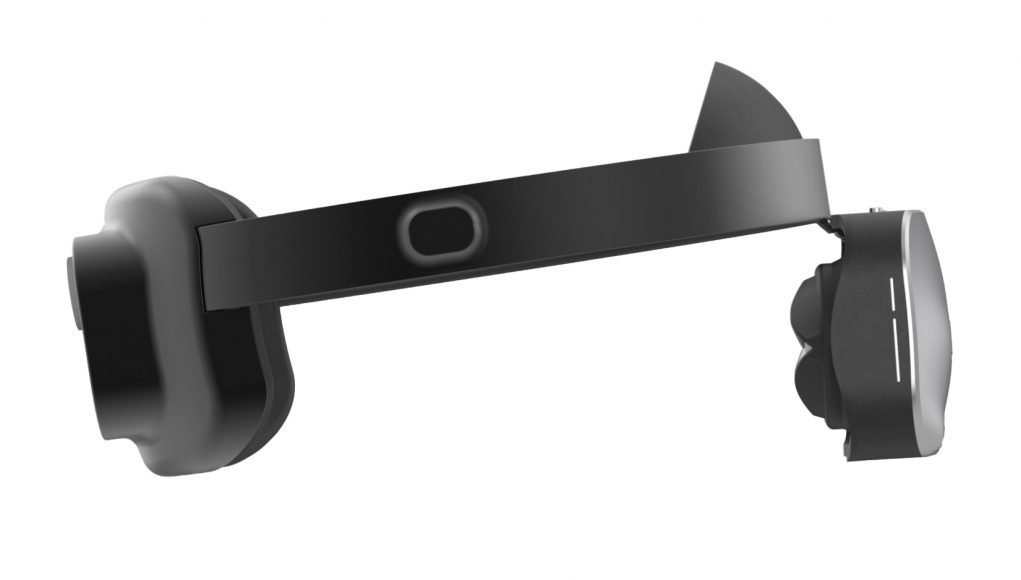Enterprise-focused headset startup LYNX introduced its MR headset—designed for both VR and pass-through AR—in early 2020. Today the company revealed a redesign which makes the headset even more compact, and aims to maximize the user’s peripheral view for pass-through AR. Production units of the headset are expected to start shipping in September.
Lynx-R1 is an MR headset (designed around both VR and pass-through AR capabilities). At $1,500, the headset is aimed squarely at the enterprise market.
Compact Redesign
When the company introduced the headset earlier this year, it said that its compact design was thanks largely to novel “light folding” optics which not only decreases the distance between the lenses and the display, but also ‘hide’ and eye-tracking camera directly at the center of the lens.
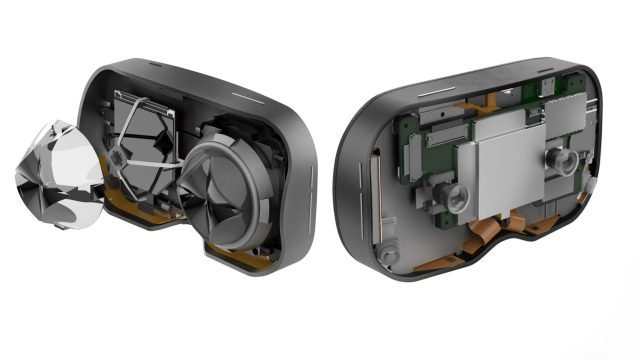
Today the company revealed a significant redesign of the headset which makes the it even more compact, and aims to maximize the user’s peripheral field of view when used in AR mode.
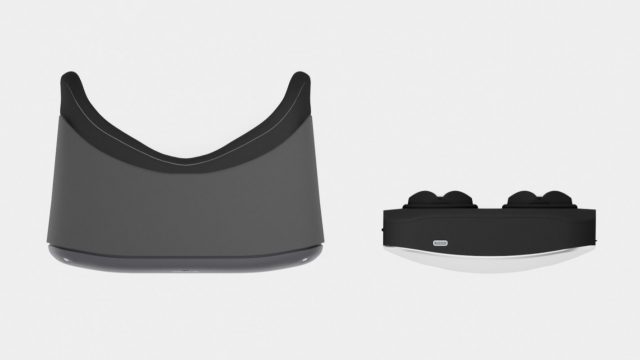
The reduction in size seems to be achieved largely from making the headset’s four cameras (two for pass-through and two for tracking) thinner, and moving more components to the back of the headset.
Maximizing Peripheral View
For AR, the R1 uses a pass-through view from the cameras allowing the user ‘see through’ the headset into the real world. Virtual imagery can be projected onto that pass-through view, creating an augmented reality experience. Compared to many AR headsets which use transparent displays, the pass-through approach brings a much wider field of view and full opacity & brightness control over the virtual objects. There’s downsides too, though, such as the pass-through view not being as high resolution as your eyes would see the real world through a transparent display.
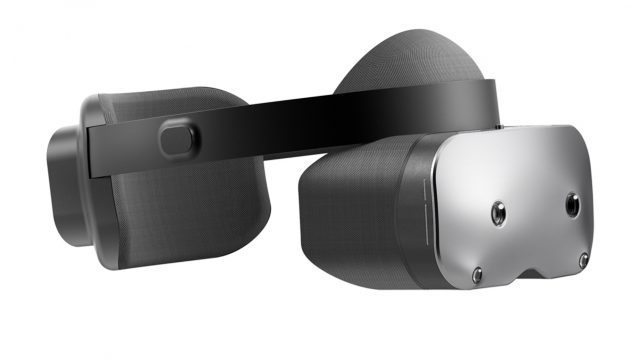
While the R1 has a face gasket to keep light out when used purely in VR mode, the gasket can be removed in AR mode so that users can continue to see the real world in their peripheral vision.
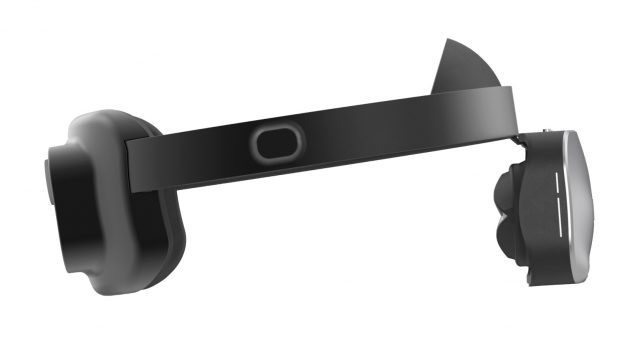
Lynx says the geometry of the front module has been specifically designed to maximize the user’s real-world peripheral view by minimizing the gap between the headset’s display and the user’s peripheral vision—this is akin to minimizing the bezel on a TV or computer monitor such that there’s minimal black space separating the display from the background of the real world.
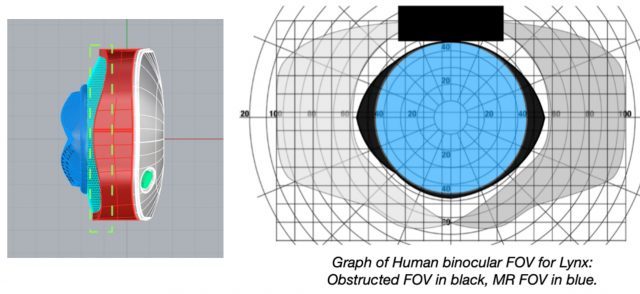
Lynx-R1 Specs
The company also shared the latest and most detailed specs of the Lynx-R1 headset:
Display
- 90 degree field-of-view (circular)
- 1,600 × 1,600 LCD display per-eye
- 90Hz refresh rate
- Physical IPD adjustment
Hardware
- Qualcomm Snapdragon XR2
- 6GB RAM (LPDDR5)
- 128GB storage (+ microSD expansion slot)
- Optional 5G module
- USB-C, Wi-Fi 6, Bluetooth 5
Features
- Eye-tracking
- Hand-tracking
- Compatible with future 3DOF and 6DOF controllers
- 3 hours of battery life
Release Date
When Lynx revealed its headset earlier this year it began taking pre-orders and expected to ship the first units this Summer. Pre-orders continue, but the company says the Coronavirus pandemic delayed those plans, but also gave time for the headset’s redesign. Now the company expects the Lynx-R1 will enter production in September and the first units will ship later that month.
White-label and Next Funding Round
In addition to selling the R1 outright, Lynx says it will also offer the headset as a ‘white-label’ device, meaning the headset can be customized for specific hardware needs and branding. The company gave the example of one custom version of the headset built for a client which incorporated HDR cameras on the front of the headset so that users could see in situations that were too bright for normal viewing (ie: welding).
And finally, Lynx said that the company is actively raising a Series A investment, which would follow $2 million in early funding raised through 2019.

